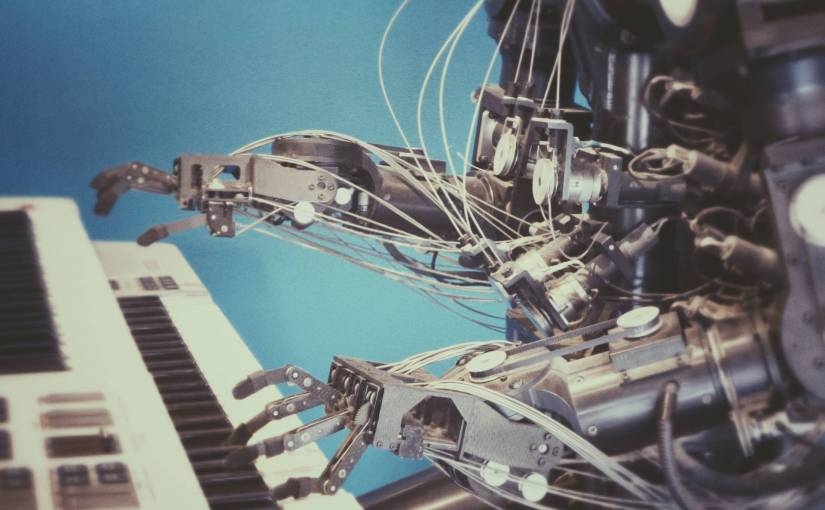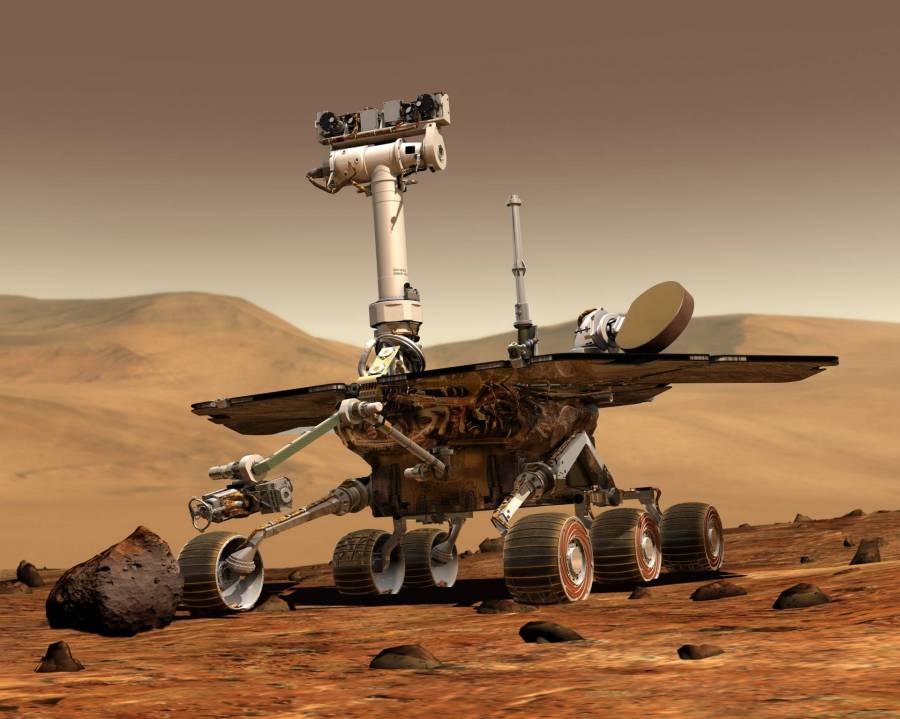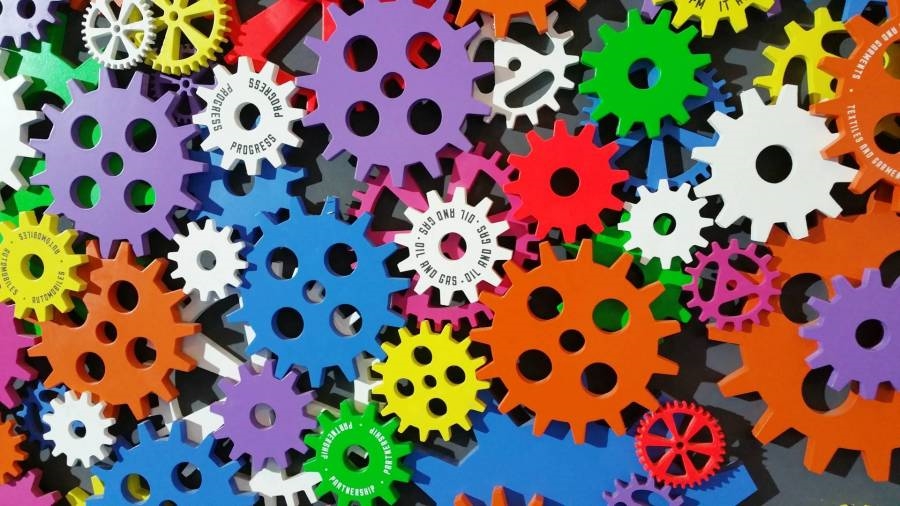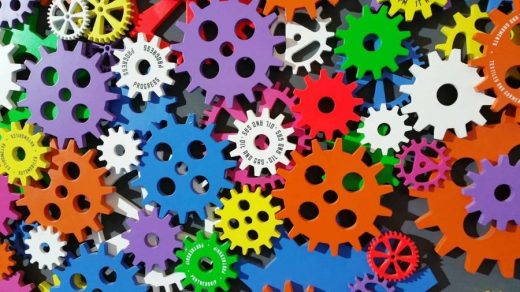Automation vs AI – Who Runs the World of Digital Ads?
Automation vs AI – Who Runs the World of Digital Ads?

We live in a world where each day new technologies with a mission to make our lives easier comes out. Today people can freely enjoy driverless cars, cleaning robots, while ad managers still have to test advanced AI-based solutions offered by the market. They try to find a tool that will help them with customer segmentation and engagement, targeting, and media-buying decisions. Why everything isn’t working in the way it should in the environment of the digital ad? But, who runs the world of digital ads?
In reality, there are hundreds of interesting studies hidden behind loud and bold headlines asserting us that the industry has never been so close to the goal of adopting human-level AI. According to a survey by Advertiser Perceptions, 50% of advertisers have no plans to use AI in their marketing. 56% do believe AI could negatively affect their brands, diminishing creativity, and products’ differentiation.
It’s interesting how all these opinions can get along with the fact that more than 3/4 of global spending on digital display advertising is automated. Does it mean that all this hype around AI for digital ads is just a bubble or we simply expect too much from this technology today?
Do we expect too much from AI for digital ads?
Let’s be honest here. There are two basic things that are expected from AI: cost-cutting and revenue increase. Otherwise, there’s no reason to invest in its development. In the current economic situation hardly any company will want to invest in AI-platform building just to write another press-release. But what are the AI-based solutions for media-buyers that are available now on the market? Generally, they can be divided into 4 main groups:
-
Ad creation
AI creates ads based on products and a promo strategy. With the help of Natural Language Processing and Natural Generation Technologies AI can write copies and suggest the best visuals.
-
Ad exchange
The best example is an up-to-date Real-Time -Bidding platform. The role of Artificial Intelligence is to regulate the sales processes of advertising in real-time. The bad thing about this is that they most often won’t agree to reveal how their AI actually works. So, it’s hard to adjust and be sure of the process’s transparency.
-
Performance and spend optimization
In this case, AI, most specifically, Machine Learning algorithms track ads performance across platforms and offer recommendations for ad campaign improvements based on the data they have.
-
Advanced targeting
Based on the characteristics of past audiences and campaign performance, AI-based solutions identify trends and advise audiences similar to the best performers.
Sounds nice, doesn’t it? Now we need to understand, what are the reasons why it doesn’t work.
Why AI doesn’t show the expected results

-
Data inaccuracy and insufficiency
The first big thing is the accuracy and the relevancy of the data marketers and ad managers feed to AI. To make the right decision, AI needs loads of data, which SMBs simply might not have. Moreover, not all companies use reliable and secure methods of tracking their ads and users. So, some data can be missed or unreliable. It happens quite often if a business relies on 3-rd party cookies as they can be easily deleted by users or browsers. In this case, Even minor inaccuracies can lead to completely misleading conclusions.
-
Inability to act in a changeable environment
Another thing is that AI performs poorly in situations it hasn’t met before. If you have a narrowly defined task in a predictable and stable environment and a clear set of data, then, go ahead. But if we are talking about a complex and ever-changing digital landscape, chances are high that AI won’t cope with it.
-
The Lack of creativity
The third thing is that AI lacks creativity and ingenuity. So, even in case of a super-advanced AI, it still needs human supervision and oversight. There is still no technology that is able to think outside the box better than a human being.
-
The high cost
The last thing is the current cost of AI-based solutions. This point is more about SMBs, as high prices don’t usually scare big and profitable companies. Even so, they have to deal with another problem: talent hiring. 58% of marketers say that attracting and retaining talent is one of the serious challenges of building AI-based ad platforms in-house.
Automation vs Artificial Intelligence for running digital ads
It seems like AI hasn’t been able to achieve its goal so far. Today’s solutions are still unable to replace or supersede human behavior and intelligence. And it shouldn’t be so surprising. In fact, still, not all companies were able to take advantage of an earlier trend – ad automation. Some may even think that Automation and AI are synonyms, but is it really so?
The main difference between these two is that automation algorithms don’t try to beat human brains and make something extra. They are related to sophisticated, but simple rules and explicit programming which can take a big part of the nitty-gritty on themselves by working with unified sets of real-time data.
According to Business.com, software automation can save up to date 30% of their time. Not only that, but it optimizes your campaigns for higher CTR and lowers CPC. You set rules for the traffic, algorithms perform the needed actions until the goal is reached.
Good news – automation brings much more transparency to your advertising activities and gives a full understanding of what’s going on with your ad campaigns. Bad news – there’s still no such tool that is able to automate all the process through campaign creation to reporting. Human touch is needed, but only for strategic work.
How digital marketers can benefit from Automation?
The world of existing automated features is huge. To decide whether you really need them or not, simply prioritize your daily tasks and determine the most time-consuming ones and decide if their automation can really help you focus on what’s truly important. The longer the task takes to perform, the bigger the benefits from their automation.
Here we’ll try to explain automation processes and features based on today’s advanced ad trackers. RedTrack asked their clients to name 4 most time-consuming processes they would be happy to delegate or automate:
- Ad campaign set-up
- Creatives testing
- Performance monitoring
- Budget updates.
There can be a large number of offers from different brands on the market. Let’s take a look at 4 most popular solutions today’s tools that may solve the aforementioned problems effectively: automatically generated scripts, automate Rules, Reports, creatives rotation.
The best digital ads automation practices currently exist on the market:

-
Automatically generated scripts
It’s great if you’re a digital marketer with a coding background or at least some basic skills. But, as practice shows, most digital marketers don’t. So, automatically generated scripts can not only save your time but can result in smaller issues or opportunities you may have missed. In fact, if anything goes wrong, you can always contact the support team and ask for professional help ( Hope there will be no need, though). Another modification of automatically generated scripts is ready-made templates.
-
Automated rules
Running digital ads isn’t a quiet and peaceful process. You have to go back and force every five minutes to check if everything is okay in your account. Did you stop the campaign at the right moment? Didn’t you exceed the budget? Does everything you do actually work? Automated Rules take this stressful part of your daily job on themselves. Google Ads were the first to implement them back in 2018, but if you prefer to work with multiple ad networks, then it’s time to look for an ad tracker with automated rules.
-
Reports
Reports are probably the most important element of any ad campaign. With the help of automated algorithms, the main metrics are calculated, the data is distributed in the right columns and you have it organized in the way you really need it to be. If the tool has an open-API, you can build your custom reports in seconds.
-
Creatives management
A/B testing is the key to understanding conversions problems. If some of your creatives are not as efficient as others, advanced ad trackers can change the weights and redistribute traffic to the best performer. So, once the tool has enough data, the leading creative will stay in the rotation, giving others less weight or stopping them at all.
Summing up
While most advertisers still are not satisfied with what AI-based ad tech companies offer to them, they still hope the market offer will go far beyond replacing manual tasks by algorithms.
They want machine learning or AI to handle more complex media-buying decisions. But while the industry is in the trial-and-error period, we can rightfully take advantage of the benefits from automation solutions and hope for the best.
The post Automation vs AI – Who Runs the World of Digital Ads? appeared first on ReadWrite.
(39)


